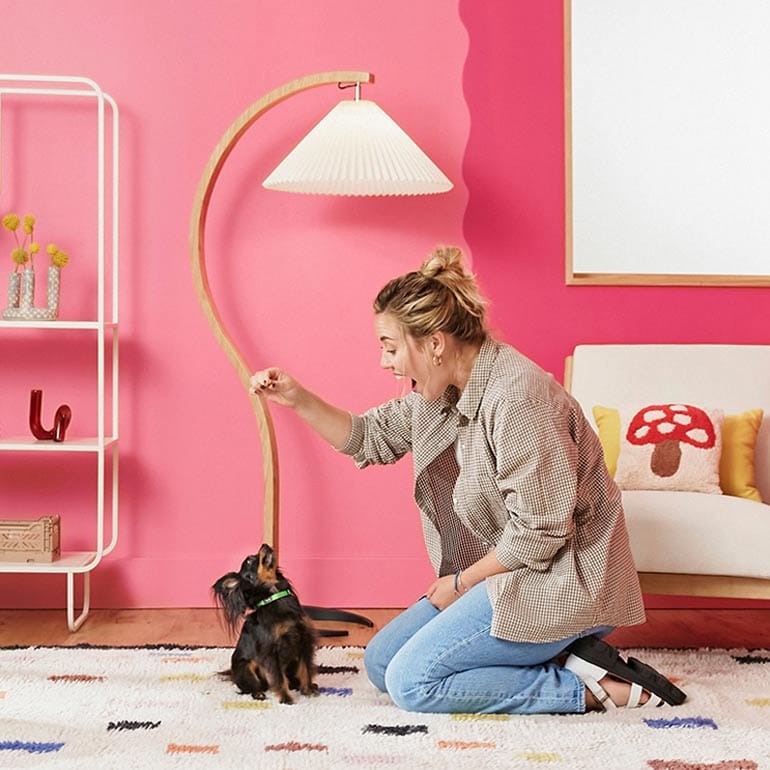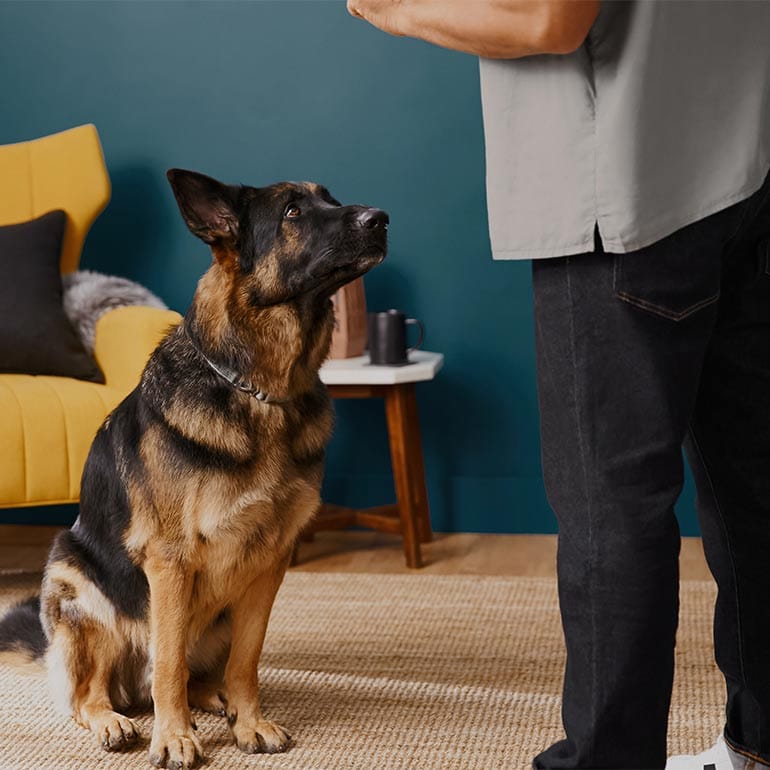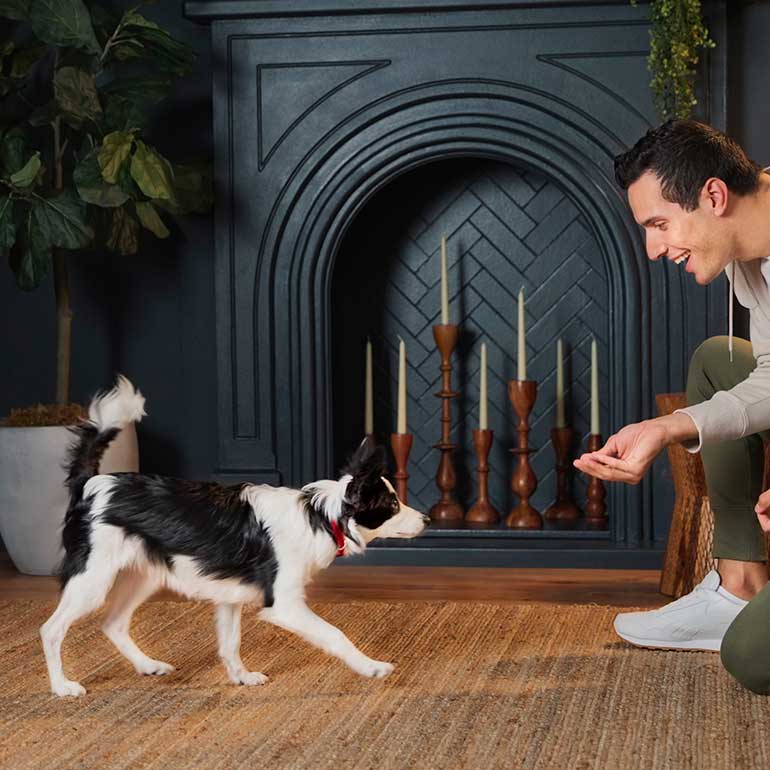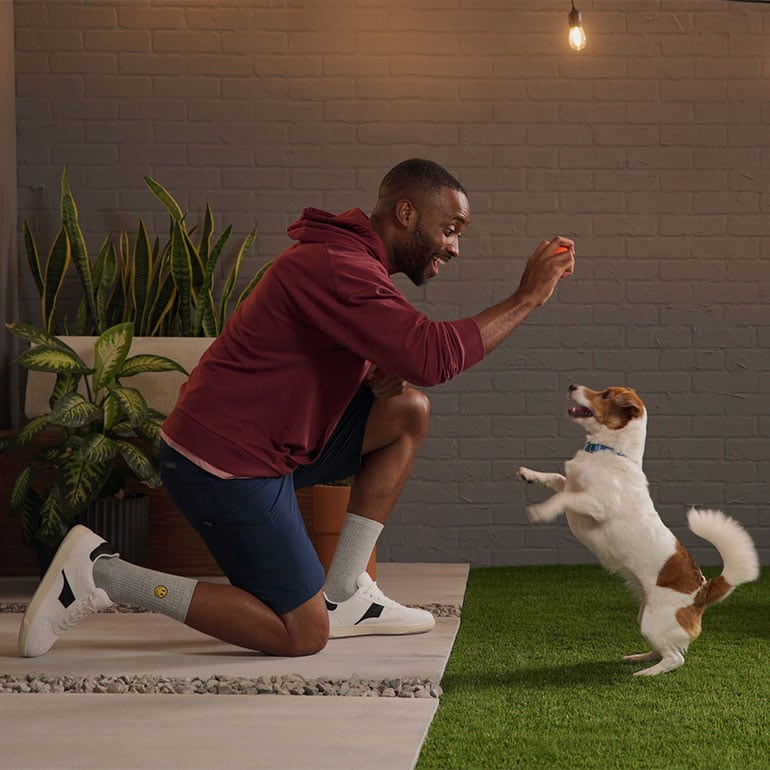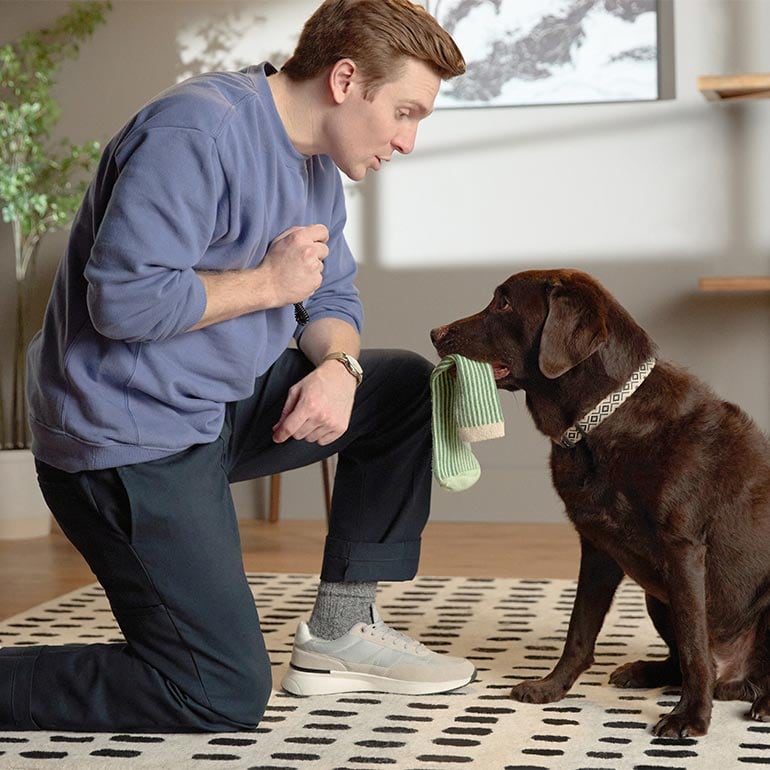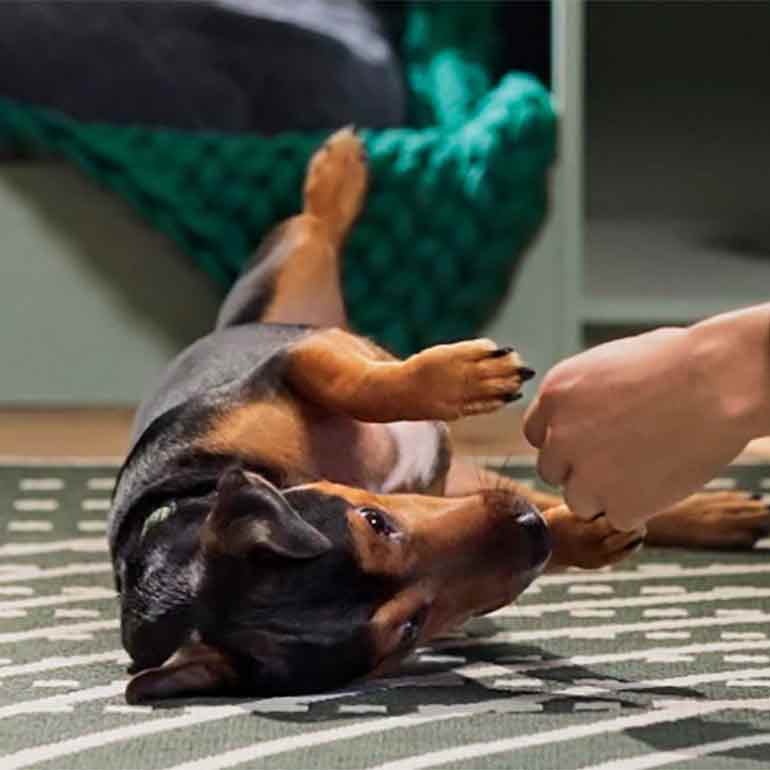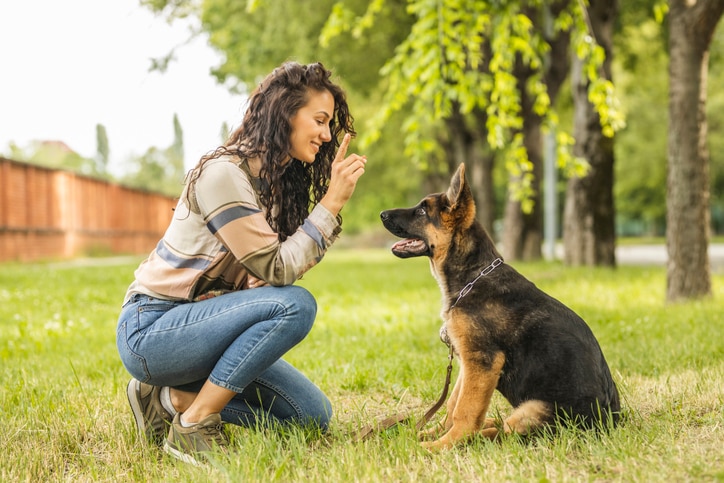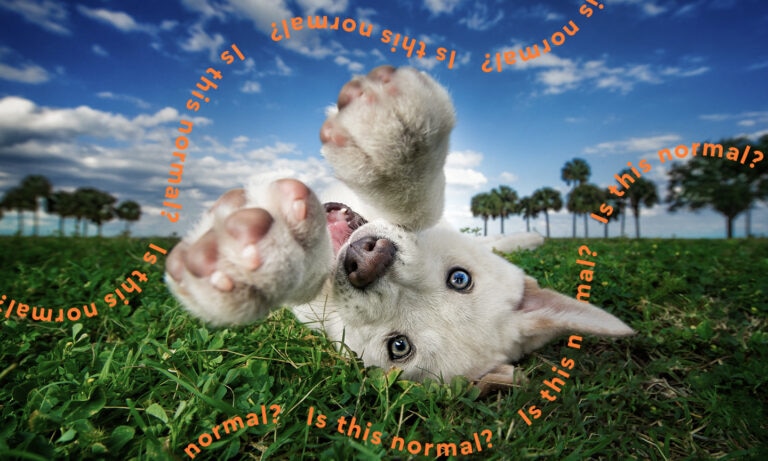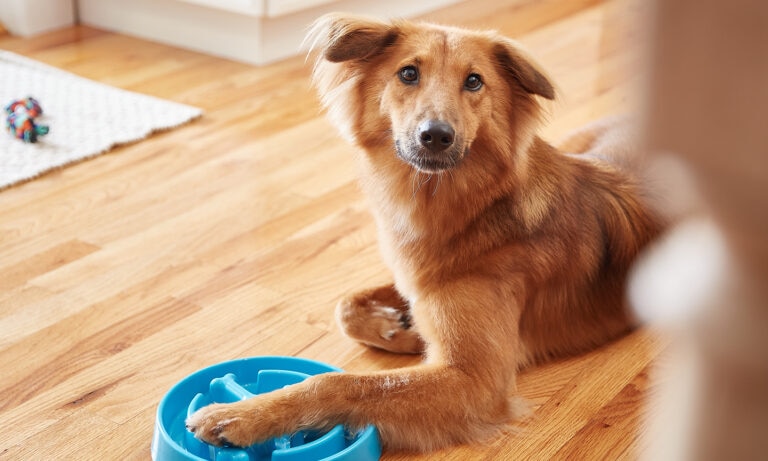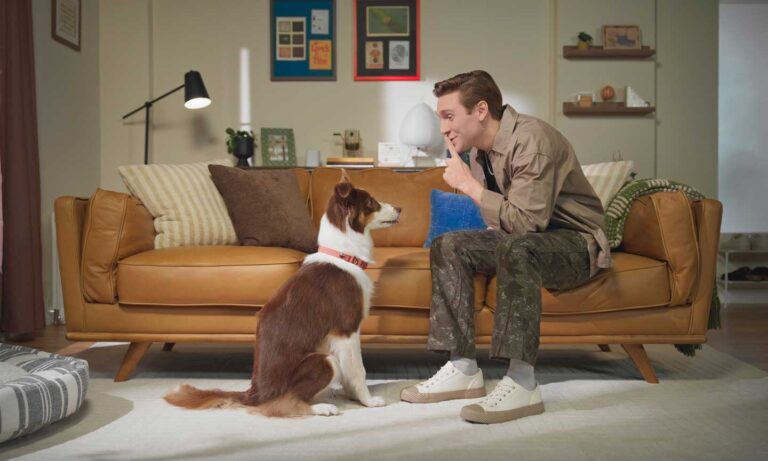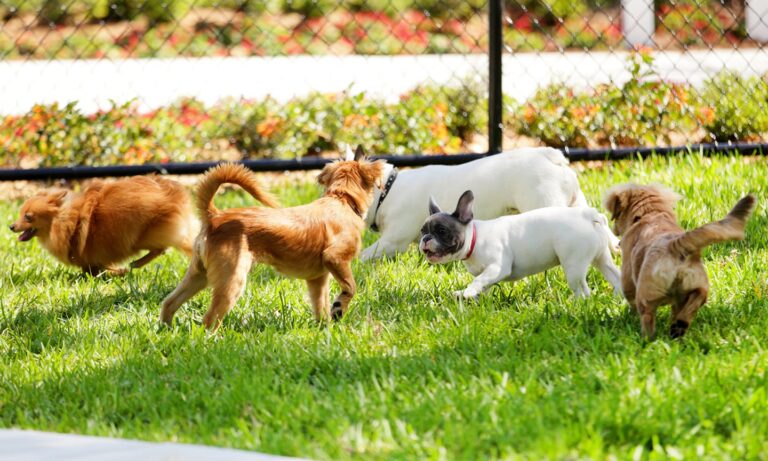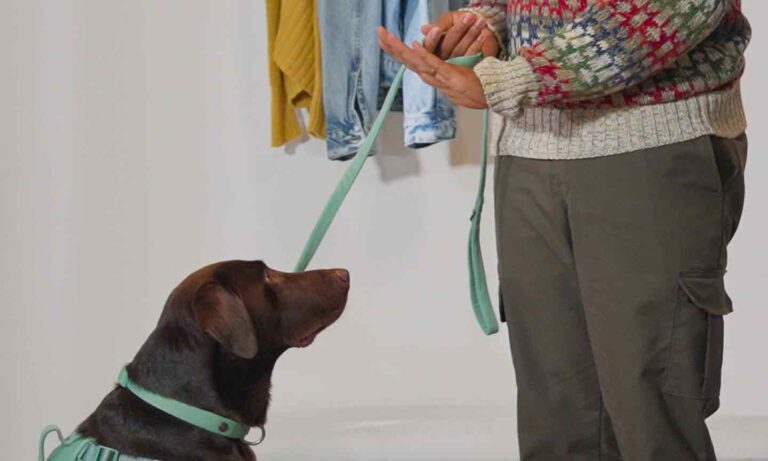Your Essential Guide to Basic Dog Obedience Training
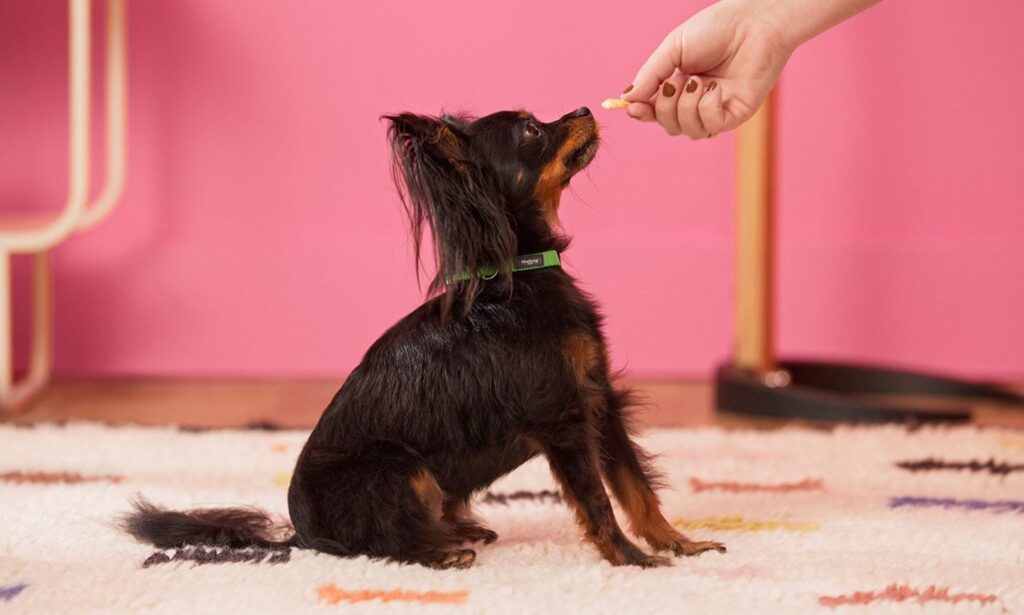
Photo by Chewy Studios
Maybe you’ve got a new puppy who needs to learn the definition of good behavior. Maybe your adult dog is ready to pick up some new skills. Either way, you’ve got dog training in your future—and dog obedience training is a great place to start. Obedience training covers fundamentals like sit, stay and other basic cues, all of which lay the foundation for a safer and happier life for pup. And let’s be honest, it’s pretty fulfilling for you as well.
As a professional certified dog trainer, I’m here to share everything you need to know about dog obedience training, from guides to all the basic commands to training tips and more.
Basic Obedience Commands
Ready to try your hand at dog training? Start with these basic commands.
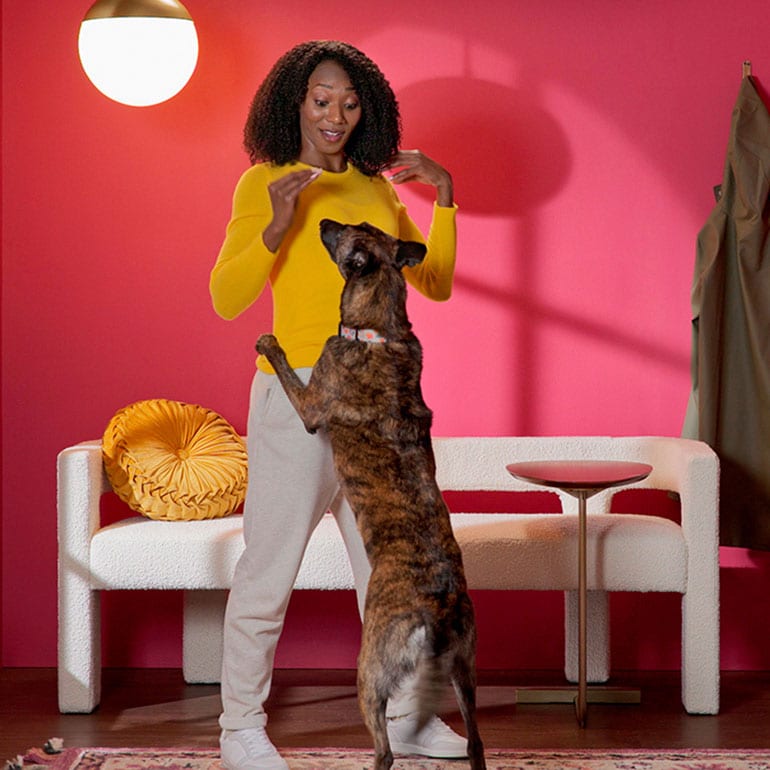
How to Teach a Dog the Off Command
Positive Reinforcement Training Tips
No matter what skill you’re teaching your dog, positive reinforcement is the way to do it.
Positive reinforcement means rewarding your pup’s good behavior with treats, toys and/or praise, and never punishing them when they don’t do what you want. Research shows that positive reinforcement is as effective as (and in some ways better than) other training methods. It’s great for everyone from first-time pet parents to experienced dog people. Follow these tips to get the most out of your training sessions:
- Start all training in a quiet, calm environment and build up gradually to more challenging situations.
- Watch your dog’s body language. If they look anxious (e.g., blinking, yawning, looking away), stop training.
- Harness the power of your dog’s name. You can teach your dog to look at or come to you when you say it by offering a reward when they do. Once they master that skill, it’s a great way to get your dog’s attention.
- Positive reinforcement isn’t just for learning new skills—you can use it to reduce behavior problems, too! Simply teach your dog behaviors you like, then ask them to do those when unwanted behavior rears its head.
- Clicker training is lots of fun, but you can train without a clicker, too. Recent research suggests training without a clicker is just as effective.
Need help? A professional dog trainer can get your training journey off on the right foot. Need help finding a trainer? We’ve got you covered.
Our Favorite Dog Training Products
Recommended Products
Dog Obedience Training FAQ
What is the best age for obedience training?
Any age is great for training! You can start training as soon as you get your dog. Just remember that dogs’ attentions are shorter when they’re puppies, so you’ll want to keep your sessions short, too—as quick as a minute or two at a time.
How long does it take to obedience train a dog?
It depends on your goals and the dog’s age and personality. Most adult dogs can learn basic obedience in a couple of months with daily sessions. Puppy training can take longer.
What does obedience training mean?
Most people think of obedience training as teaching a dog to respond to simple requests such as “sit.” It’s also a great way to create a shared language with your dog.
How long should you be training a dog?
Keep training sessions short and fun! Brief sessions throughout the day (around 10 minutes for adult dogs, and 5 minutes or fewer for puppies) will get better results than marathon sessions.
What is the hardest dog command to train?
The most challenging skill for most dogs is coming when called. For best results, start practicing the day you get your dog, and always reward your dog—ideally with tasty food—for coming to you.
What is the most important thing to remember when training a dog?
Dogs can only do what they’ve been trained to do. If your dog isn’t responding to a cue, they may not understand that cue in that situation. Practice all your cues repeatedly in many different places for best results.
